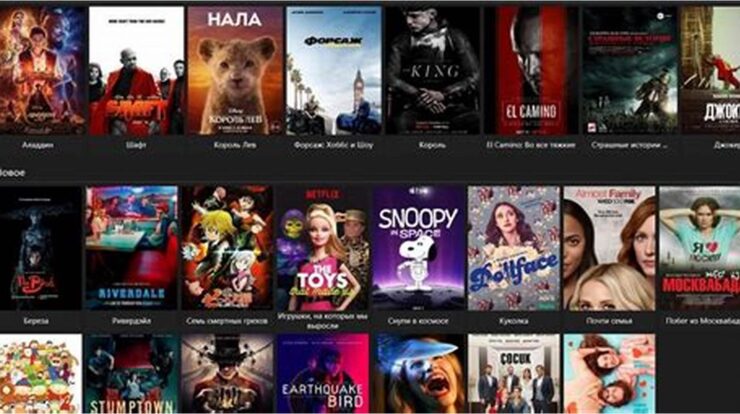kisah top 5 game pg soft pro kontra pola jitu mahjong wins 3 berubah menjadi kaya dalam semalam pola mahjong wins 3 ini beneran ajaib daftar 3 trik ampuh buat jadi pemenang di mahjong wins 3 pola mahjong buat sistem kewalahan ga main main bocoran info jam slot pg soft ini langsung bekerja ketika dipraktekin kunci sukses di mahjong ways adalah adrenalin penguasa mahjong wins kasih tips alternatif dapat scatter cara bermain gates of olympus yang benar untuk pemula agar tidak rungkad taktik jitu mahjong ways ini menjadi taktik top sebab dipicu oleh 2 faktor ini perangkat ai pg soft ini telah selesai di update kisah istimewa luar biasa raih jutaan di mahjong ways 2 sekarang gampang banget langkah cerdas maxwin jackpot di mahjong dari om beni kisah nyata naga kembar pembawa hoki 5-trik-ampuh-bikin-kaya ciri-ciri-jackpot-bandito langkah-simpel-dompet-tebal rumus-gacor-talukan-togel trik-legendaris-great-rhino iseng iseng pakai cit malah kaya mendadak bet besar cuan pun besar 1-scatter-hitam-mahjong-ways-3 analisis-pola-scatter-mahjong-ways-2 nyepin-maksimal-sabung-ayam-digital mahjong-ways-2-bikin-peluang-jackpot ungkap-pola-rahasia-starlight-princess dewa-petir-olympus maxwin-x1000-starlight-princess tips-legendaris-sweet-bonanza betsaya-anti-rungkad trik-lengkap-mahjong-ways mahjong ways gacornya luar biasa hari ini raih kemenangan maksimal di mahjong ways agar gampang maxwin di mahjong ways 2 rahasia mahjong wins 3 black scatter update pola mahjong ways panduan bermain pakai pola terbaik di mahjong ways mahjong ways gacor begini cara sederhana dapet maxwin auto ngebut road rage no limit city lagi banjir wild sicbo-dadu-viral hadiah-puluhan-juta fortune-dragon-jackpot mahjong-ways-super putaran-super-scatter
Table of Contents
Introduction
Managing personal finances is crucial for a stable financial future. One effective way to keep track of your income, expenses, and savings is by creating a personal financial book. In this guide, we will walk you through the step-by-step process of creating your own personal financial book, or buku keuangan pribadi, in Bahasa Indonesia.
A buku keuangan pribadi serves as a record that helps you understand your financial habits, identify areas for improvement, and make informed decisions about your money. By following the steps outlined in this guide, you will be able to create a personalized financial book that suits your needs and empowers you to take control of your finances.
So, let’s dive into the process of creating a buku keuangan pribadi and set yourself up for a financially secure future.
Featured Image:
H2_1: Gathering Your Financial Information
H3_1: Collect Bank Statements and Receipts
The first step in creating your buku keuangan pribadi is to gather all your financial information. Start by collecting your bank statements, receipts, and any other relevant documents that show your income and expenses. This includes salary statements, bills, and payment receipts.
Gather statements from all your bank accounts, including savings and credit cards. It’s important to have a comprehensive view of your financial transactions to accurately track your income and expenses.
H3_2: Organize Financial Documents
Once you’ve collected all the necessary financial documents, it’s time to organize them. Create separate folders or files for different types of documents, such as income, expenses, and savings. This will make it easier for you to locate specific information when needed.
Ensure that each document is labeled clearly and include the date, description, and amount for easy reference. Being organized from the start will save you time and effort when updating your buku keuangan pribadi regularly.
H2_2: Setting Up Your Buku Keuangan Pribadi
H3_3: Choose a Format for Your Buku Keuangan Pribadi
There are various formats you can choose from when creating your buku keuangan pribadi. You can opt for a traditional physical notebook or use digital tools such as spreadsheets, budgeting apps, or online templates. Consider your preferences and the level of detail you want to track when selecting a format.
If you prefer a physical notebook, make sure it has enough pages to accommodate all your financial records. If you choose a digital format, ensure you have access to the necessary software or apps and are comfortable using them.
H3_4: Create Sections in Your Buku Keuangan Pribadi
To keep your financial records organized and easy to navigate, divide your buku keuangan pribadi into sections. Common sections include income, expenses, savings, and debt. You can create additional sections based on your personal financial goals and priorities.
Label each section clearly and allocate enough space for recording transactions. Remember to leave room for annotations or additional notes to provide context for each entry.
H2_3: Recording Your Financial Transactions
H3_5: Define Income Categories
Start by defining the different categories of income you receive. This can include salary, freelance earnings, rental income, or any other sources of income. Create separate columns or sections in your buku keuangan pribadi to record each income category.
When recording income, include the amount, source, date, and any relevant details. By categorizing your income, you’ll be able to track the sources contributing to your finances and assess their stability and growth over time.
H3_6: Categorize Expenses
Next, categorize your expenses into different categories such as groceries, bills, transportation, entertainment, and debt repayments. Assign a budget for each category to ensure you’re aware of your spending habits and can make necessary adjustments.
When recording expenses, note the amount, date, description, and category. This will help you identify areas where you can reduce expenses, prioritize spending, and track your progress towards financial goals.
H2_4: Analyzing Your Financial Book
H3_7: Calculate Monthly Income and Expenses
Once you’ve recorded your income and expenses over a certain period, calculate your monthly income and expenses. This will give you a clear picture of your financial inflow and outflow.
Compare your income and expenses to identify any imbalances or areas where you can make adjustments. This analysis will assist you in creating a budget, reducing unnecessary expenses, and maximizing your savings.
H3_8: Assess Your Financial Goals
Review your financial goals and evaluate your progress. Are you saving enough for your future plans? Are you on track to pay off your debts? Use your buku keuangan pribadi as a tool to assess your financial health and identify any adjustments needed to achieve your goals.
Regularly reviewing your financial goals will help you stay motivated and make informed decisions about your spending and saving habits. Adjust your budget and financial strategies accordingly to ensure steady progress towards your goals.
H2_5: Regularly Updating Your Buku Keuangan Pribadi
To maintain an accurate and up-to-date buku keuangan pribadi, make it a habit to regularly update it. Set aside dedicated time each month to record your transactions, review your financial goals, and make any necessary adjustments.
Consistency is key when it comes to managing your personal finances effectively. By updating your buku keuangan pribadi regularly, you’ll be able to track your progress, make data-driven decisions, and stay in control of your financial well-being.
Ready to take charge of your finances? Follow our detailed guide to create your own buku keuangan pribadi, and start your journey towards financial stability and success.
Interested in learning more about personal finance? Check out one of our other informative articles:
5 Langkah Mudah Cara Membuat Youtube Menghasilkan Uang






